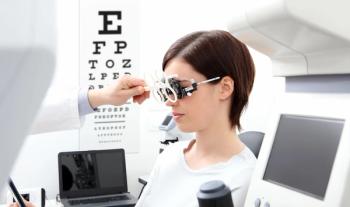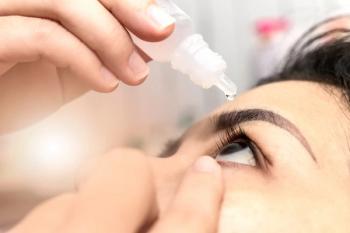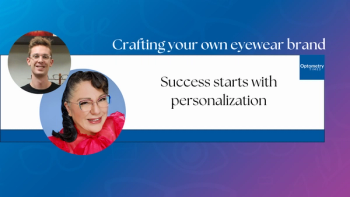
Keeping an eye on crime
By day, Max Venard, OD, is an optometrist. By night, he engages in a very different profession, the stuff that Hollywood movies are made of: he's a private investigator.
But not the kind that fights crime with superpowers, engages in high-speed chases, or hunts downs the bad guys. Dr. Venard is the real deal. In 2003, he became a certified medical investigator for the American College of Forensic Examiners. He then obtained his private investigator license after completing a series of courses offered by the Council for Law Enforcement Education and Training.
Besides working 45 hours each week at his optometry practice-The Moore Eyecare Center in Moore, OK-he spends another 15 hours using biometric technology to help identify missing children and adults. Since 2007, Dr. Venard has volunteered for a Boston-based program called The Child Project, entering iris scans of Oklahoma children into a database maintained by the Nation's Missing Children Organization.
Personal motivator
Dr. Venard began this career shortly after his son's passing. "There are so many people who don't have closure about what's happened to their child," he said. "This project has renewed my energy and drive."
Since being a private investigator is highly collaborative, Dr. Venard's professional network has expanded tenfold. He receives consultation calls from his peers who are investigating missing children cases, serves as a guest lecture for continuing education courses sponsored by the Oklahoma Private Investigators Association and participated in a search mission for a 4-year-old who was later found in a neighbor's car.
Security concerns
Although biometric technology has been around for decades, he said some people are still reluctant to have their personal information stored in a national database. So, part of his mission is to also educate people about why the database is an effective and nonintrusive approach to identification.
Dr. Venard expects that the applications for biometric technology will greatly expand. He points to other uses, such as to control border crossings, identifying airline passengers before boarding, or confirming the identity of customers when banking or shopping.
"Using biometrics for identification verification is my future," he said. "It's really cool. Who would have thought of optometry being used to help identify people and keeping our country safe and secure?"
Newsletter
Want more insights like this? Subscribe to Optometry Times and get clinical pearls and practice tips delivered straight to your inbox.
















































.png)


